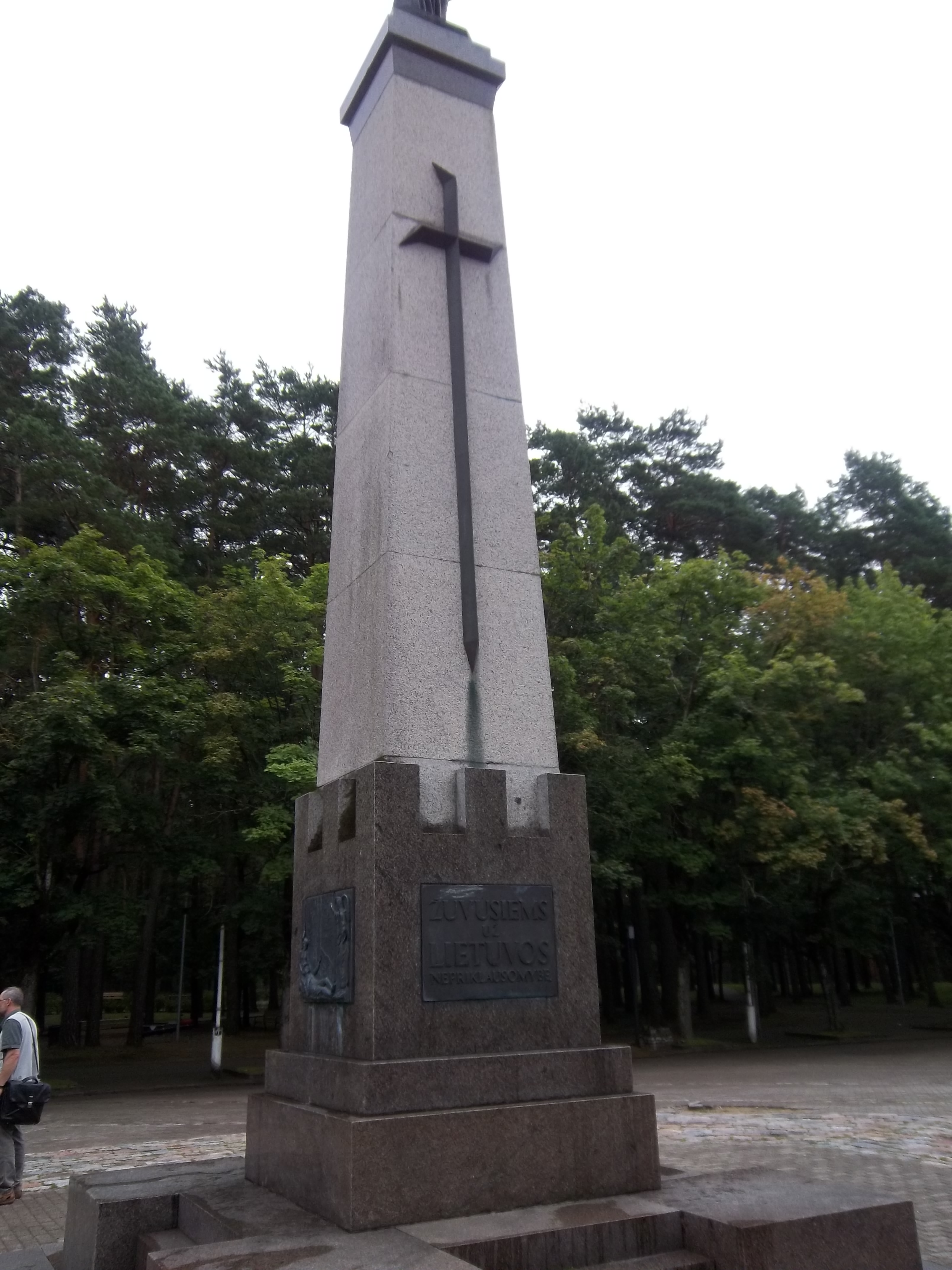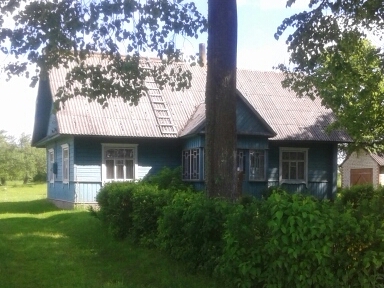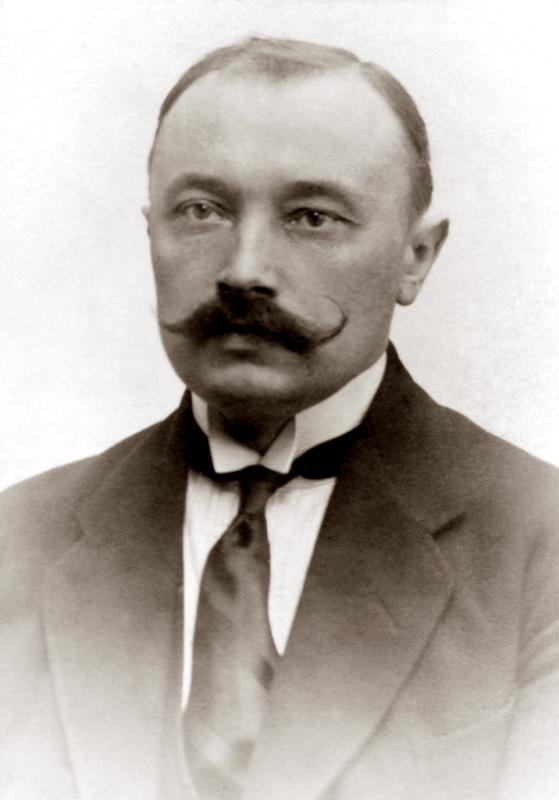|
Freedom Wars Of Lithuania
The Lithuanian Wars of Independence, also known as the Freedom Struggles ( lt, Laisvės kovos), refer to three wars Lithuania fought defending its independence at the end of World War I: with Bolshevik forces (December 1918 – August 1919), Bermontians (June 1919 – December 1919), and Poland (August 1920 – November 1920). The wars delayed international recognition of independent Lithuania and the formation of civil institutions. Background After the Partitions of the Polish–Lithuanian Commonwealth in 1795, the Grand Duchy of Lithuania was annexed by the Russian Empire. The Lithuanian National Revival emerged during the 19th century and the movement to establish an independent nation-state intensified during the early 20th century. During World War I, Lithuanian territory was occupied by Germany from 1915 until the war ended in November 1918. On February 16, 1918, the Council of Lithuania declared the re-establishment of independence from all previous legal bonds with oth ... [...More Info...] [...Related Items...] OR: [Wikipedia] [Google] [Baidu] |
Alytus War Memorial
Alytus is a city with municipal rights in southern Lithuania. It is the capital of Alytus County. Its population in 2022 was 53,925. Alytus is the historical centre of the Dzūkija region. The city lies on the banks of the Nemunas River. The major roads linking Vilnius, Kaunas, Lazdijai (border with Poland), and Hrodna in Belarus pass through Alytus. Divided onto two separate entities for centuries, it consists of two parts still frequently referred to as ''Alytus I'' and ''Alytus II'', the earlier being a smaller town and the latter forming the city centre with parks, microdistricts and industrial areas. Name The name is derived from the Lithuanian hydronym Alytupis. In other languages the names of the town include Polish: ''Olita'', German: ''Aliten'', Russian: Олита ''Olita'', Belarusian: Аліта ''Alita'', Yiddish: אליטע ''Alite''. History The first historical record of Alytus dates back to 1377, when it was mentioned in the Chronicles of Wigand of Marbu ... [...More Info...] [...Related Items...] OR: [Wikipedia] [Google] [Baidu] |
Augustinas Voldemaras
Augustinas Voldemaras (16 April 1883 – 16 May 1942) was a Lithuanian nationalist political figure. He briefly served as the country's first prime minister in 1918 and continued serving as the minister of foreign affairs until 1920, representing the fledgling Lithuanian state at the Versailles Peace Conference and the League of Nations. After some time in academia, Voldemaras returned to politics in 1926, when he was elected to the Third Seimas. Dissatisfied with the left-wing government of President Kazys Grinius, Voldemaras and fellow nationalist Antanas Smetona supported the military coup d'état in December 1926 and he was appointed as the prime minister for a second time. A brilliant orator, Voldemaras represented the radical wing of the Lithuanian Nationalist Union that was increasingly critical of the more moderate policies of President Smetona. Smetona had Voldemaras removed from office in September 1929 and exiled to Zarasai. Voldemaras was arrested in 1934 after the ... [...More Info...] [...Related Items...] OR: [Wikipedia] [Google] [Baidu] |
Lithuanian Jews
Lithuanian Jews or Litvaks () are Jews with roots in the territory of the former Grand Duchy of Lithuania (covering present-day Lithuania, Belarus, Latvia, the northeastern Suwałki and Białystok regions of Poland, as well as adjacent areas of modern-day Russia and Ukraine). The term is sometimes used to cover all Haredi Jews who follow a " Lithuanian" ( Ashkenazi, non- Hasidic) style of life and learning, whatever their ethnic background. The area where Lithuanian Jews lived is referred to in Yiddish as , hence the Hebrew term (). No other famous Jew is more closely linked to a specifically Lithuanian city than Vilna Gaon (in Yiddish, "the genius of Vilna"). Rabbi Elijah ben Solomon Zalman (1720–1797) to give his rarely used full name, helped make Vilna (modern-day Vilnius) a world center for Talmudic learning. Chaim Grade (1910–1982) was born in Vilna, the city about which he would write. The inter-war Republic of Lithuania was home to a large and influential Jewish ... [...More Info...] [...Related Items...] OR: [Wikipedia] [Google] [Baidu] |
Belarusians
, native_name_lang = be , pop = 9.5–10 million , image = , caption = , popplace = 7.99 million , region1 = , pop1 = 600,000–768,000 , region2 = , pop2 = 521,443 , region3 = , pop3 = 275,763 , region4 = , pop4 = 105,404 , region5 = , pop5 = 68,174 , region6 = , pop6 = 66,476 , region7 = , pop7 = 61,000 , region8 = , pop8 = 41,100 , region9 = , pop9 = 31,000 , region10 = , pop10 = 20,000 , region11 = , pop11 = 15,565 , region12 = , pop12 = 12,100 , region13 = , pop13 = 11,828 , region14 = , pop14 = 10,054 , region15 = , pop15 = 8,529 , region16 = , pop16 = 7,500 ... [...More Info...] [...Related Items...] OR: [Wikipedia] [Google] [Baidu] |
Kaunas
Kaunas (; ; also see other names) is the second-largest city in Lithuania after Vilnius and an important centre of Lithuanian economic, academic, and cultural life. Kaunas was the largest city and the centre of a county in the Duchy of Trakai of the Grand Duchy of Lithuania and Trakai Palatinate since 1413. In the Russian Empire, it was the capital of the Kaunas Governorate from 1843 to 1915. During the interwar period, it served as the temporary capital of Lithuania, when Vilnius was seized and controlled by Poland between 1920 and 1939. During that period Kaunas was celebrated for its rich cultural and academic life, fashion, construction of countless Art Deco and Lithuanian National Romanticism architectural-style buildings as well as popular furniture, the interior design of the time, and a widespread café culture. The city interwar architecture is regarded as among the finest examples of European Art Deco and has received the European Heritage Label. It contributed to ... [...More Info...] [...Related Items...] OR: [Wikipedia] [Google] [Baidu] |
Kėdainiai
Kėdainiai () is one of the oldest List of cities in Lithuania, cities in Lithuania. It is located north of Kaunas on the banks of the Nevėžis River. First mentioned in the 1372 Livonian Chronicle of Hermann de Wartberge, its population is 23,667. Its old town dates to the 17th century. The city is the administrative centre of the Kėdainiai District Municipality. The geographical centre of the Lithuanian Republic is in the nearby village of Ruoščiai, located in the Elderships of Lithuania, eldership of Dotnuva. Names The city has been known by other names: ''Kiejdany'' in Polish language, Polish, ''Keidan'' (קיידאן) in Yiddish (language), Yiddish, and ''Kedahnen'' in German (language), German. Kėdainiai other alternate forms include Kidan, Kaidan, Keidany, Keydan, Kiedamjzeÿ ("j" /e/), Kuidany, and Kidainiai. History The area was the site of several battles during The Deluge (Polish history), "The Deluge", the 17th century war between the Polish–Lithuanian Comm ... [...More Info...] [...Related Items...] OR: [Wikipedia] [Google] [Baidu] |
Jonava
Jonava ( ; pl, Janów; german: Janau) is the ninth largest city in Lithuania with a population of . It is located in Kaunas County in central Lithuania, north east of Kaunas, the second-largest city in Lithuania. It is served by Kaunas International Airport. ''Achema'', the largest fertilizer factory in the Baltic states, is located nearby. The city is sometimes called "the capital of midsummer holiday" ( lt. – ''Joninės''). History Jonava was officially established as a city in the 18th century during the times of the Polish–Lithuanian Commonwealth. In 1750, the first wooden church was built in Jonava. In 1778, a beer brewery was operating in the town. Around 1812, Napoleon and his army invaded the town and its surrounding villages. In 1923, Jonava was officially recognised as a city-status settlement and in 1950 it became the centre of the municipality. The city had a large Jewish population before World War II - in 1893 92% of the population was Jewish and in 1941 it ... [...More Info...] [...Related Items...] OR: [Wikipedia] [Google] [Baidu] |
Alytus
Alytus is a city with municipal rights in southern Lithuania. It is the capital of Alytus County. Its population in 2022 was 53,925. Alytus is the historical centre of the Dzūkija region. The city lies on the banks of the Nemunas River. The major roads linking Vilnius, Kaunas, Lazdijai (border with Poland), and Hrodna in Belarus pass through Alytus. Divided onto two separate entities for centuries, it consists of two parts still frequently referred to as ''Alytus I'' and ''Alytus II'', the earlier being a smaller town and the latter forming the city centre with parks, microdistricts and industrial areas. Name The name is derived from the Lithuanian hydronym Alytupis. In other languages the names of the town include Polish: ''Olita'', German: ''Aliten'', Russian: Олита ''Olita'', Belarusian: Аліта ''Alita'', Yiddish: אליטע ''Alite''. History The first historical record of Alytus dates back to 1377, when it was mentioned in the Chronicles of Wigand of Marbu ... [...More Info...] [...Related Items...] OR: [Wikipedia] [Google] [Baidu] |
Crimp (recruitment)
Shanghaiing or crimping is the practice of kidnapping people to serve as sailors by coercive techniques such as trickery, intimidation, or violence. Those engaged in this form of kidnapping were known as ''crimps''. The related term ''press gang'' refers specifically to impressment practices in Great Britain's Royal Navy. Etymology The verb "shanghai" joined the lexicon with "crimping" and "sailor thieves" in the 1850s, possibly because Shanghai was a common destination of the ships with abducted crews. The term has since expanded to mean "kidnapped" or "induced to do something by means of fraud or coercion." Background Crimps flourished in port cities like London and Liverpool in England and in San Francisco, Portland, Astoria, Seattle, Savannah, and Port Townsend in the United States. On the West Coast of the United States, Portland eventually surpassed San Francisco for shanghaiing. On the East Coast of the United States, New York easily led the way, followed by Boston, Phila ... [...More Info...] [...Related Items...] OR: [Wikipedia] [Google] [Baidu] |
Volunteers Of The Lithuanian Armed Forces Heading To The Lithuanian Wars Of Independence In Vilkaviškis, 1919
Volunteering is a voluntary act of an individual or group freely giving time and labor for community service. Many volunteers are specifically trained in the areas they work, such as medicine, education, or emergency rescue. Others serve on an as-needed basis, such as in response to a natural disaster. Etymology and history The verb was first recorded in 1755. It was derived from the noun ''volunteer'', in 1600, "one who offers himself for military service," from the Middle French ''voluntaire''. In the non-military sense, the word was first recorded during the 1630s. The word ''volunteering'' has more recent usage—still predominantly military—coinciding with the phrase ''community service''. In a military context, a volunteer army is a military body whose soldiers chose to enter service, as opposed to having been conscripted. Such volunteers do not work "for free" and are given regular pay. 19th century During this time, America experienced the Great Awakening. Peo ... [...More Info...] [...Related Items...] OR: [Wikipedia] [Google] [Baidu] |
Cockade Of The Lithuanian Army With Vytis (Waykimas), 1919
A cockade is a knot of ribbons, or other circular- or oval-shaped symbol of distinctive colours which is usually worn on a hat or cap. Eighteenth century In the 18th and 19th centuries, coloured cockades were used in Europe to show the allegiance of their wearers to some political faction, or to show their rank or to indicate a servant's livery. Because individual armies might wear a variety of differing regimental uniforms, cockades were used as an effective and economical means of national identification. A cockade was pinned on the side of a man's tricorne or cocked hat, or on his lapel. Women could also wear it on their hat or in their hair. In pre-revolutionary France, the cockade of the Bourbon dynasty was all white. In the Kingdom of Great Britain supporters of a Jacobite restoration wore white cockades, while the recently established Hanoverian monarchy used a black cockade. The Hanoverians also accorded the right to all German nobility to wear the black cockade in th ... [...More Info...] [...Related Items...] OR: [Wikipedia] [Google] [Baidu] |
Mykolas Sleževičius
Mykolas Sleževičius (21 February 1882 – 11 November 1939) was a Lithuanian lawyer, political and cultural figure, and journalist. One of the most influential figures in inter-war Lithuania, he served as the prime minister of Lithuania on three occasions. Taking the helm of the government at a difficult time in 1918 and again in 1919, Sleževičius has been credited with preparing Lithuania for the fights to come and for laying the foundations of the fledgling state. Sleževičius was elected to the Lithuanian parliament, initially the Constituent Assembly, later the Seimas, on four occasions. In 1926, as a representative of the Lithuanian Popular Peasants' Union, Sleževičius became the prime minister for a third time. His government introduced important changes aimed at normalizing the situation in Lithuania, but the reforms faced resistance from the Catholic clergy, military officers and the parliamentary opposition. The resistance culminated in a military coup d'état in ... [...More Info...] [...Related Items...] OR: [Wikipedia] [Google] [Baidu] |








